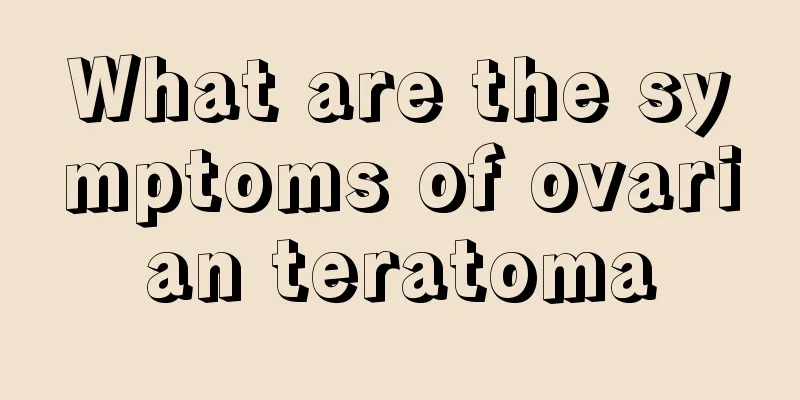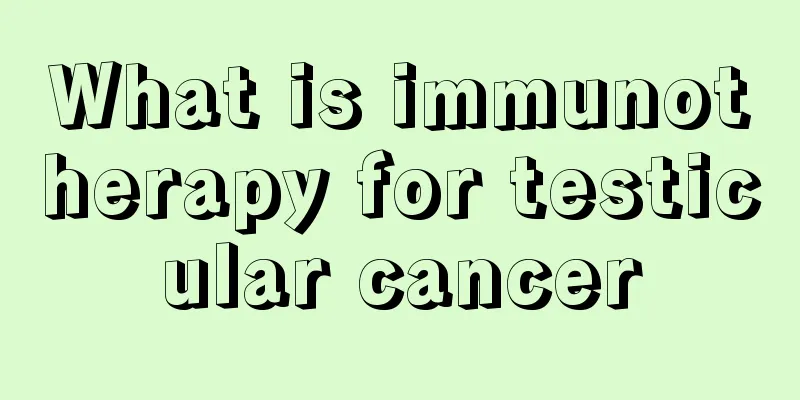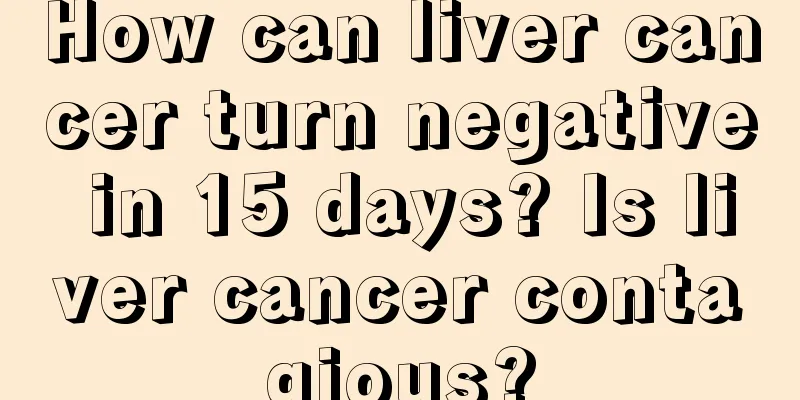Surgical considerations for tracheostomy recurrence

|
After total laryngectomy for laryngeal cancer, if suspicious changes such as lumps, ulcers, and infections appear around the patient's tracheostomy, it is likely that there is recurrent cancer at the tracheostomy and must be treated with caution. The surgical precautions are as follows. Surgical indications and contraindications: 1. Type I and II tumors are most suitable for surgical treatment because the lesions are limited in scope and do not involve important structures, so extended resection and radical cure are possible. 2. For type III and IV tumors, since neck dissection has been performed during laryngeal cancer resection, the internal jugular vein has been removed, and the area around the carotid artery has been dissected and separated, preoperative ultrasound, CT, etc. show that the tumor has surrounded the carotid artery. In this case, the arterial wall has often been eroded by the cancer and is difficult to separate during further surgery. Even if it is separated with difficulty, there is a high chance of residual cancer, and surgery needs to be carefully considered. 3. Surgery is contraindicated for patients with poor general condition, suffering from serious diseases such as diabetes, heart disease, hypertension, etc., who have undergone multiple surgeries and radiotherapy before surgery, or who have difficulty healing after surgery. 4. For patients with subglottic invasion of the primary cancer, subglottic tumors, or N2 or N3 cervical lymph nodes, surgery should be carefully considered. Tips: Classification criteria for tracheostomy recurrence Type I: The recurrent tumor is confined to the upper part of the stoma, and the prognosis is good; Type II: recurrence above the stoma, with invasion of the esophagus. If the invasion is limited, the prognosis is good; Type III: recurrence at the lower part of the stoma and extension to the mediastinum. It can be relieved after treatment but the prognosis is poor; Type IV: recurrence at the lower part of the stoma and extension to the subclavian, substernal, and bilateral areas. It can be relieved after treatment but the prognosis is usually poor. |
<<: Diet therapy relieves the pain of colorectal cancer radiotherapy
>>: Laser surgery brings good news to patients with vocal cord cancer
Recommend
Quick solution to urinary incontinence
Many people often have problems with their kidney...
Which is better, sterilization surgery or IUD insertion
If a female friend does not want to have children...
Can mulberry leaves lower blood sugar?
Mulberry leaf is a relatively common plant in tra...
What types of makeup are there?
In real life, wearing makeup is a very common thi...
What are the rapid diagnosis methods for breast cancer
When it comes to breast cancer, many people are n...
What to do if your face turns red due to frostbite
Everyone has different physical conditions. For s...
What skin color is apricot suitable for
What skin color is apricot suitable for? Light ap...
What to eat for bladder cancer
After developing bladder cancer, patients need a ...
Is purpura flat or convex
Purpura is a disease that has a relatively great ...
What is the reason for the blackening of fingernails? It turns out this is what caused it
The phenomenon of black fingernails must be cause...
Can expired milk be used to make facial masks?
We know that many people have milk at home. Drink...
What is the best way to treat Sjogren's disease?
Sjogren's syndrome is a type of autoimmunity....
Why is my urine dark brown?
The normal color of urine is light yellow. When c...
How to deal with bone metastasis of prostate cancer
Prostate cancer is a common malignant tumor disea...
Why does it still hurt after root canal treatment
Among various dental diseases, root canal treatme...









